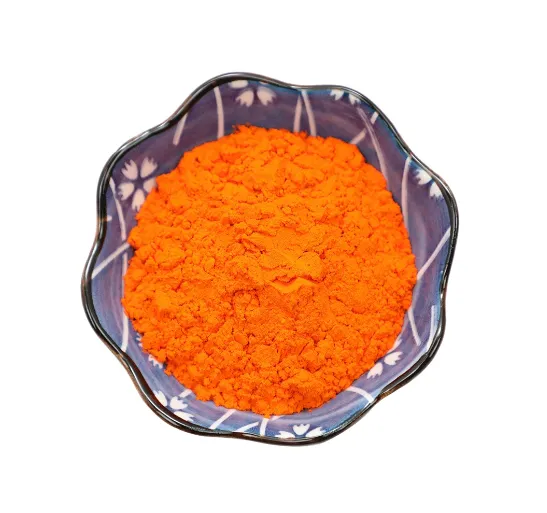 Email: sale@hebeidisha.com
Email: sale@hebeidisha.com
 Tel: +86 13315186550
Tel: +86 13315186550
- Afrikaans
- Albanian
- Amharic
- Arabic
- Armenian
- Azerbaijani
- Basque
- Belarusian
- Bengali
- Bosnian
- Bulgarian
- Catalan
- Cebuano
- China
- China (Taiwan)
- Corsican
- Croatian
- Czech
- Danish
- Dutch
- English
- Esperanto
- Estonian
- Finnish
- French
- Frisian
- Galician
- Georgian
- German
- Greek
- Gujarati
- Haitian Creole
- hausa
- hawaiian
- Hebrew
- Hindi
- Miao
- Hungarian
- Icelandic
- igbo
- Indonesian
- irish
- Italian
- Japanese
- Javanese
- Kannada
- kazakh
- Khmer
- Rwandese
- Korean
- Kurdish
- Kyrgyz
- Lao
- Latin
- Latvian
- Lithuanian
- Luxembourgish
- Macedonian
- Malgashi
- Malay
- Malayalam
- Maltese
- Maori
- Marathi
- Mongolian
- Myanmar
- Nepali
- Norwegian
- Norwegian
- Occitan
- Pashto
- Persian
- Polish
- Portuguese
- Punjabi
- Romanian
- Russian
- Samoan
- Scottish Gaelic
- Serbian
- Sesotho
- Shona
- Sindhi
- Sinhala
- Slovak
- Slovenian
- Somali
- Spanish
- Sundanese
- Swahili
- Swedish
- Tagalog
- Tajik
- Tamil
- Tatar
- Telugu
- Thai
- Turkish
- Turkmen
- Ukrainian
- Urdu
- Uighur
- Uzbek
- Vietnamese
- Welsh
- Bantu
- Yiddish
- Yoruba
- Zulu
Nov . 07, 2024 11:03 Back to list
SLES 70 Pricing Trends and Competitive Analysis for 2023
Understanding the Price of SLES 70 Factors and Trends
SLES 70, or Sodium Lauryl Ether Sulfate, is a widely used surfactant in various industries, including personal care, detergents, and industrial applications. Its effectiveness in cleansing and emulsifying properties makes it a crucial component in products like shampoos, body washes, and household cleaners. As the demand for SLES 70 continues to grow, understanding its pricing dynamics has become increasingly important for manufacturers and consumers alike.
One of the primary factors influencing the price of SLES 70 is raw material costs. SLES 70 is derived from ethylene oxide and fatty alcohol, typically sourced from palm or coconut oils. Fluctuations in the prices of these raw materials can significantly impact the overall production costs. For instance, when the prices of palm oil rise due to factors like weather conditions, trade restrictions, or changes in agricultural policies, manufacturers often pass on these additional costs to consumers, leading to an increase in the price of SLES 70.
Understanding the Price of SLES 70 Factors and Trends
Market competition also plays a crucial role in determining the price of SLES 70. The surfactant market is populated by numerous manufacturers, each vying for market share. These companies often engage in price wars, undercutting each other to attract customers. This competitive environment can lead to fluctuations in pricing, sometimes resulting in lower prices for consumers. However, it’s essential to consider that aggressive pricing strategies might compromise quality, encouraging purchasers to consider brands that maintain a balance of quality and price.
sles 70 price

Furthermore, technological advancements in the production of SLES 70 can influence pricing. Manufacturers that adopt more efficient production methods can lower their operational costs and, subsequently, their selling prices. Innovations such as the use of greener processes or the development of more efficient catalysts can reduce waste and energy consumption, providing a competitive edge in pricing.
Regulatory factors also affect SLES 70 pricing. As governments worldwide tighten regulations on chemical ingredients, particularly in personal care products, compliance can result in increased costs for manufacturers. Investments in meeting safety and environmental regulations may lead to higher production costs, which can be reflected in the SLES 70 price.
Currently, the price of SLES 70 exhibits variability influenced by the aforementioned factors, with average market prices fluctuating across different regions. In general, consumers may find that the price of SLES 70 ranges from moderate to high, depending on brand, purity, and packaging. These fluctuations can also vary seasonally and based on global economic conditions.
In conclusion, the price of SLES 70 is influenced by an intricate web of factors, including raw material costs, market demand, competition, technological advancements, and regulatory considerations. For both manufacturers and consumers, staying informed about these trends is crucial for making knowledgeable purchasing decisions. As the market evolves, understanding these dynamics will be essential for navigating the complexities of SLES 70 pricing in the coming years.
Latest news
-
Certifications for Vegetarian and Xanthan Gum Vegetarian
NewsJun.17,2025
-
Sustainability Trends Reshaping the SLES N70 Market
NewsJun.17,2025
-
Propylene Glycol Use in Vaccines: Balancing Function and Perception
NewsJun.17,2025
-
Petroleum Jelly in Skincare: Balancing Benefits and Backlash
NewsJun.17,2025
-
Energy Price Volatility and Ripple Effect on Caprolactam Markets
NewsJun.17,2025
-
Spectroscopic Techniques for Adipic Acid Molecular Weight
NewsJun.17,2025